
Jul 13 2022.
views 1177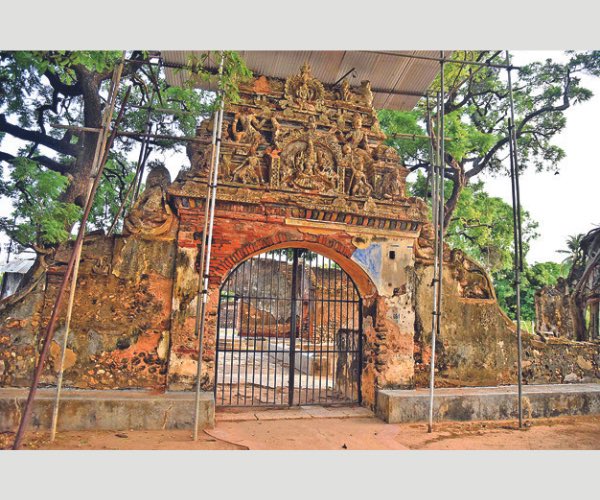
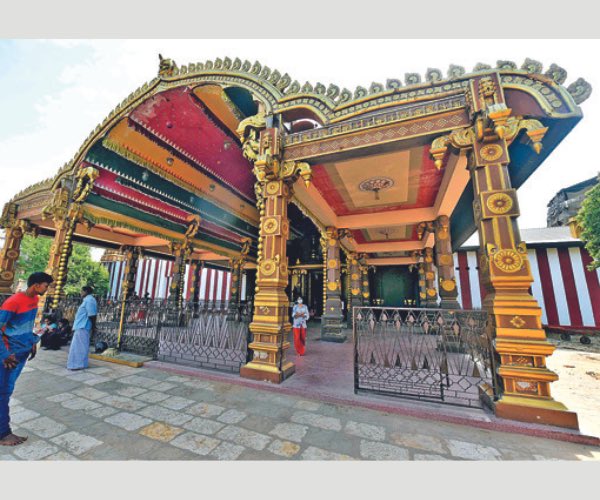
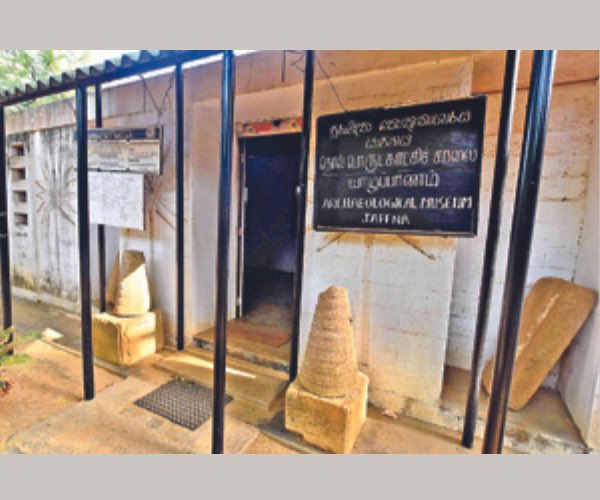
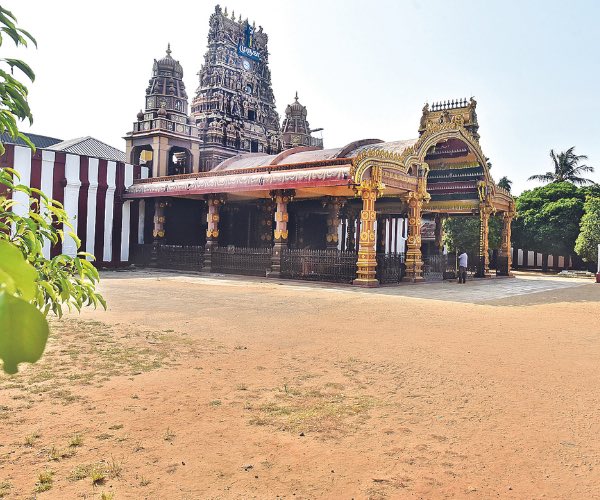

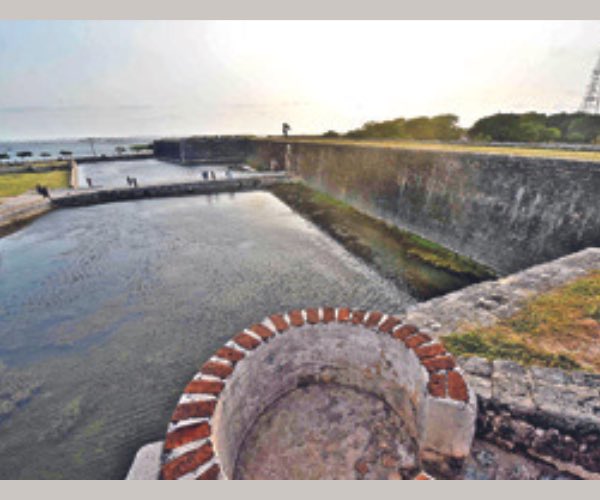
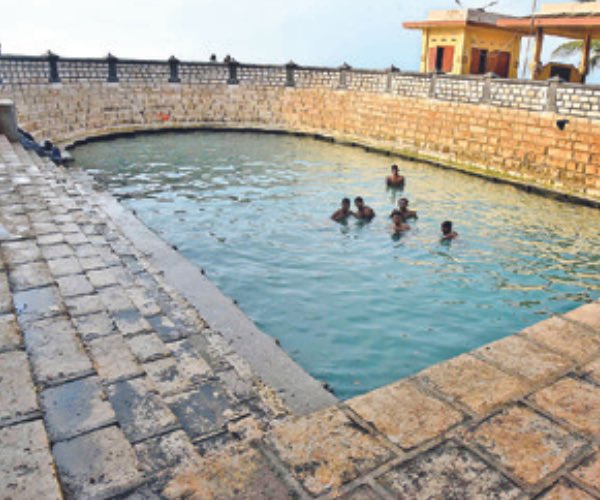
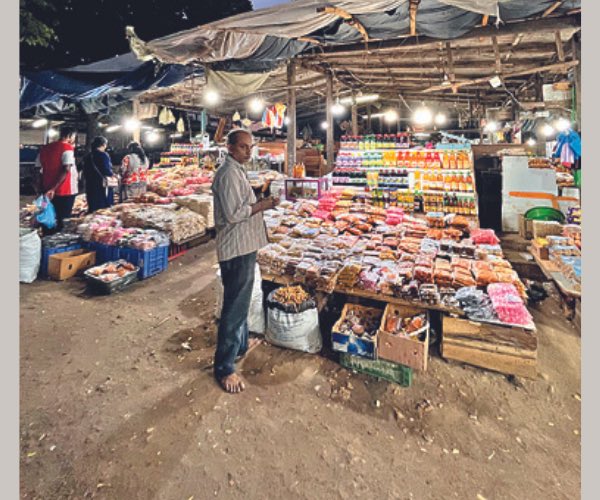
Jaffna is on everyone’s travel list but over 400km north of Colombo and a 7-hour travel time, a visit to the north requires a fair amount of planning ahead. A few months back, we had to travel to Jaffna for work and in between, we had the pleasure of exploring the town and its outskirts for the very first time. If you’ve wondered how to get there, what to see and what to know in advance, here’s a personal insight into Jaffna from our experience - that is in no way a comprehensive guide nor does any real justice to all that’s there to see!
GETTING TO JAFFNA
We took the AC Intercity from Fort Railway station to Jaffna and we confidently recommend that this is the best (and fastest) way to travel to Jaffna. Our first-class reserved ticket, at the time of our trip, was Rs. 1,700 per person. The AC Intercity train leaves from Mt. Lavinia at 5.10am and arrives at its last stop in Kankesanthurai at 1.15pm, stopping along the way at Kurunegala, Anuradhapura, Vavuniya, and Jaffna. In what should be an exhausting 7-hour journey, the AC Intercity with comfortable reclining seats, air conditioning, seat trays and footrests, a restaurant car, and importantly, clean and modern toilet facilities made for a fantastic journey to the North. The scenic route starts from Anuradhapura onwards so feel free to catch a small snooze beforehand without the fear of missing out.
There is also a Colombo to Jaffna overnight bus but it is likely to be compact and stuffy and a ticket will cost the same (if not more) as the train. You can also drive for 8 hours but why waste fuel when the public transport is fantastic?
EXPLORING JAFFNA
Between our official work, we had little time to truly explore Jaffna, and three days (with two days gone for travel) is not enough to do justice to the North. Here are a few places that we had the chance to visit;
KEERIMALAI (17 kms from the Jaffna Town) | (40-minute drive)
Keerimalai Spring
The Keerimalai Pond is a freshwater spring adjacent to the Keerimalai Beach, divided only by a wall separating the sea and the spring. Keerimalai translates to ‘mongoose hill’ and refers to a local legend of a sage cursed with a face similar to a mongoose who was later cured by bathing in the healing waters of the Keerimalai spring. Many consider the spring to be sacred and believe that bathing in its freshwaters can cure various skin infections and illnesses. Others believe that the water is simply rich in minerals and trace elements. Whatever the belief, the Keerimalai spring is a very popular bathing location in Jaffna. Bathing in this spring is only allowed from 6am to 6pm. Across the Keerimalai spring is the Keerimalai beach.
Maruthanarmadam Anjaneyar Kovil
A small modern temple you will encounter on route to or from Keerimalai near the Maruthanamadam intersection. It’s difficult to miss; the entrance to the Kovil is guarded by a prodigious statue of god Hanuman, one of the central characters depicted in the epic Ramayana. It’s the largest statue of this deity in Sri Lanka, its height 72 feet high and seen from afar.
Naguleswaram Kovil
Walking distance from the Keerimalai spring, the Naguleswaram Kovil is one of Sri Lanka’s oldest and most sacred shrines dedicated to the Hindu god, Shiva – the destroyer of evil. It is said that the Kovil was destroyed and built many times after it was first built by the same cursed sage in gratitude for being cured of his curse. The trip to Keerimalai can be easily coupled with a trip to Dambakola Patuna, an ancient port with a long history that records the first days of Buddhism in Sri Lanka.
Because we reached Keerimalai quite late in the evening, we were unable to visit. It’s recommended that you go during the daytime to cover all these locations with ease.
Keerimalai Sirappar Madam (Ambalama)
Between the Keerimalai spring and the Naguleswaram Kovil lies the remains of the Sirappar Madam (Ambalama) – a protected archaeological site. A worn-down building with a beautifully intricate arch gateway with only walls remaining of what used to be one of the largest ambalamas in the country and one of the few in the Jaffna peninsula. Though the history of Sirappar Madam is unknown, many believe it was built for the pilgrims of the Naguleswaram Kovil. This would have been a very grand building during its time considering the current remains.
NALLUR (3km from Jaffna Town) | (10-minute drive)
Nallur Kandaswamy Kovil
One of the most significant Hindu temples in Sri Lanka, the presiding deity is Lord Murugan – the god of war. Now a famed symbol of Hinduism in the ancient capital of Jaffna, the temple itself embodies a kind of peace and reverence that can only be felt in the most divine of places. Crowned by a gold-ochre gopuram, the kovil is nothing short of awe-inspiring and is so visually breath-taking that it must be witnessed, if not many times, at least once in your life. There are a few guidelines to visiting the Kovil that are important to note: shoes must be removed and feet must be washed before entering the temple, men are not allowed to wear any other garments above the waist level (a Hindu custom from the ancient days) and women must cover up and no photography is allowed within the temple and your phone must be switched off.
Jaffna Archaeological Museum
A kilometre from the Nallur Kovil (4-minute drive | 15-minute walk) that’s definitely worth the visit. At first glance, the Jaffna Archaeological museum doesn’t seem to promise much – it is tucked away behind the Jaffna cultural hall and its façade is unimpressive. At the entrance, there are a few Portuguese tombstones and a 45 feet whale’s bone.
Inside, however, the museum preserves a large number of items of archaeological and historical value created and used by the people of Jaffna such as stone creations, inscriptions, ivory objects, coins, etc. The Jaffna Archaeological Museum has a fantastic collection that’s well worth seeing. No photography allowed and you will be followed by a staff member to ensure that you respect that!
JAFFNA TOWN
Jaffna Fort
The second-largest fort in the country, Jaffna Fort is an architectural marvel. Situated to the south of the Jaffna peninsula, the fort was built by the Portuguese but expanded by the Dutch to its pentagon shape and used for military and administrative purposes.
The 55-acre fort used to house numerous buildings such as the Queen’s House, a church, a hospital, a prison, and weapons storage units. The fort’s great defenses, the rampart, and the star-shaped moat are made of coral and limestones. The Jaffna Fort is open from 8am to 6pm and is best enjoyed during the late afternoon, ideally to perch yourself on the rampart to catch a stunning sunset and watch over the Jaffna town. For locals, entrance into the Fort is priced at Rs. 20. It’s also a location with strong winds so be cautious!
Pannai Beach and Causeway
Just outside the fort is the Pannai beachfront and causeway. The Pannai causeway is the bridge that connects the Jaffna peninsula to the other islands and offers a very pleasant drive. You can also just relax on the beachfront right after visiting the fort for a short break and enjoy some famous Jaffna ice creams that may or may not melt faster than you can eat them due to the strong winds!
Jaffna Market
When in Jaffna town, the Jaffna market simply cannot be missed. The market sprawls along the side of the road and works itself into a maze of shops hidden behind. There’s nothing you can’t find – from sweets, fruits, and vegetables to clothes, gold, and electronics. Our interest was in the Jaffna goods and products that are hard to find elsewhere in Sri Lanka. At the time of our visit, the karthacolomban season was just starting so we got the chance to buy some of the most deliciously juicy mangoes we’ve ever tasted. Our market haul included bottles of nelli-fruit cordial and non-alcoholic grape wine, palmyra jaggery, thatai vadai, murukku, curd chillies, and soan papadi. The Jaffna Market is best visited in the mornings but even late evening, the market is abuzz!
Other places to visit include the famous Delft Island or Nagadeepa island (you have to dedicate an entire day for it), the Casuarina Beach (an hours drive from Jaffna town), one of the few Buddhist legacies preserved in the north at the Kadurugoda Temple and Ruins and finally, if you’ve been to the southernmost point of Sri Lanka - Point Dondra then witness the northernmost point of the country – Point Pedro!
THINGS TO KNOW BEFORE PLANNING YOUR TRIP TO JAFFNA
There are a few things we wish we knew in advance to plan our trip better;
Most of the must-visit destinations in Jaffna are quite far apart. Some take the whole day; others are an hour’s drive away on opposite ends. Plan your trip for 4 days at the very least to really explore and map out your itinerary in advance. You will have to pick what you want to see the most and find places that are already on your route to make the most of your visit instead of wasting hours on the road.
It’s difficult to find tuks to travel around and in Jaffna’s dry arid heat, walking (even if it’s a short distance) is not fun. The tuks are also not metered, so be prepared to pay whatever is asked – most of them quote reasonable prices. Hire a vehicle from Jaffna if possible – it’s more convenient and affordable.
There are hardly any information boards or guides at most sites to explain their significance so you may have to rely on the internet for your history!
As a largely Hindu populated province, as a mark of respect, it’s important to dress appropriately. You will encounter a Kovil almost everywhere you go so cover-up in order to be allowed entry. Shorts and skinnies in public are generally frowned upon.
Pix by Kithsiri de Mel
0 Comments